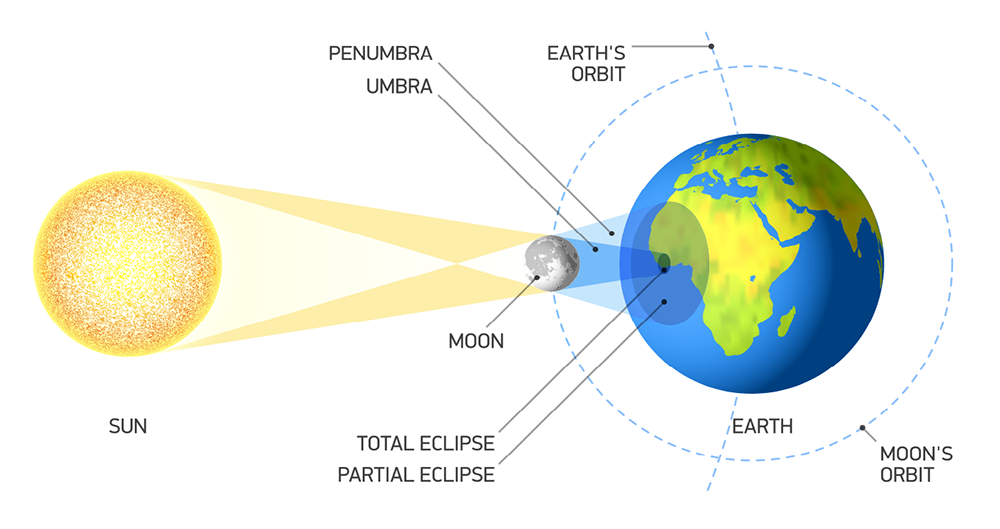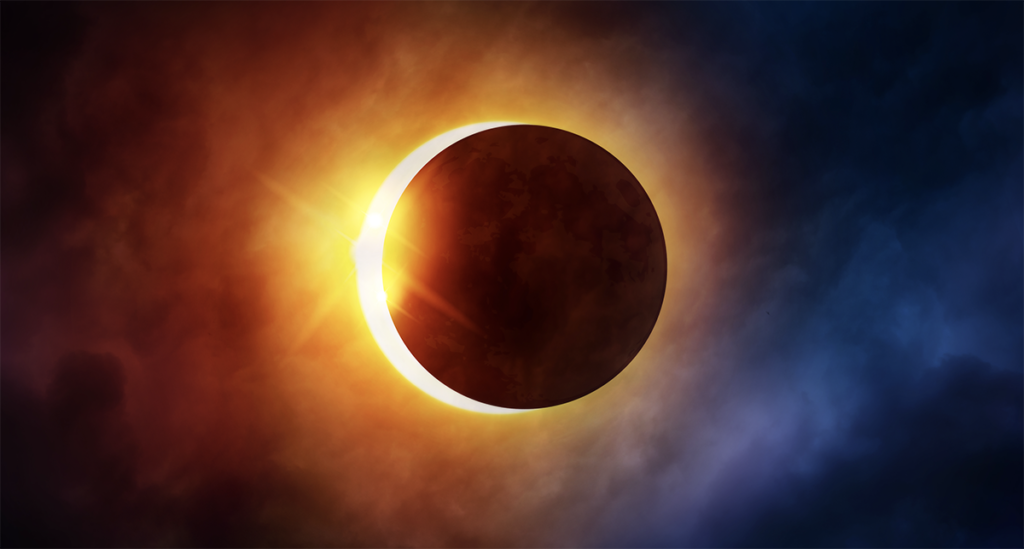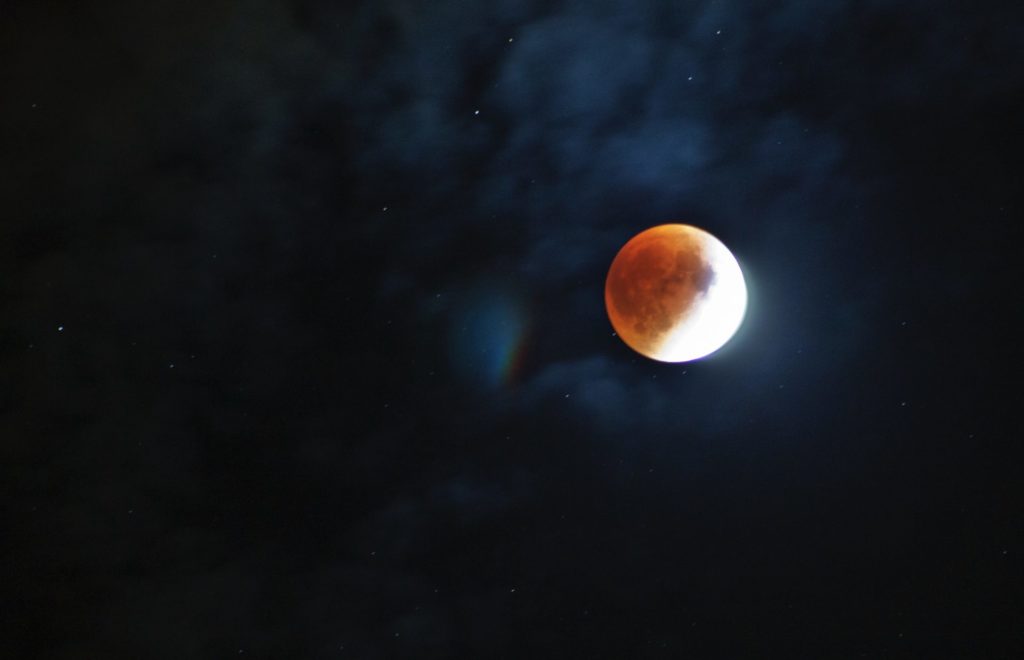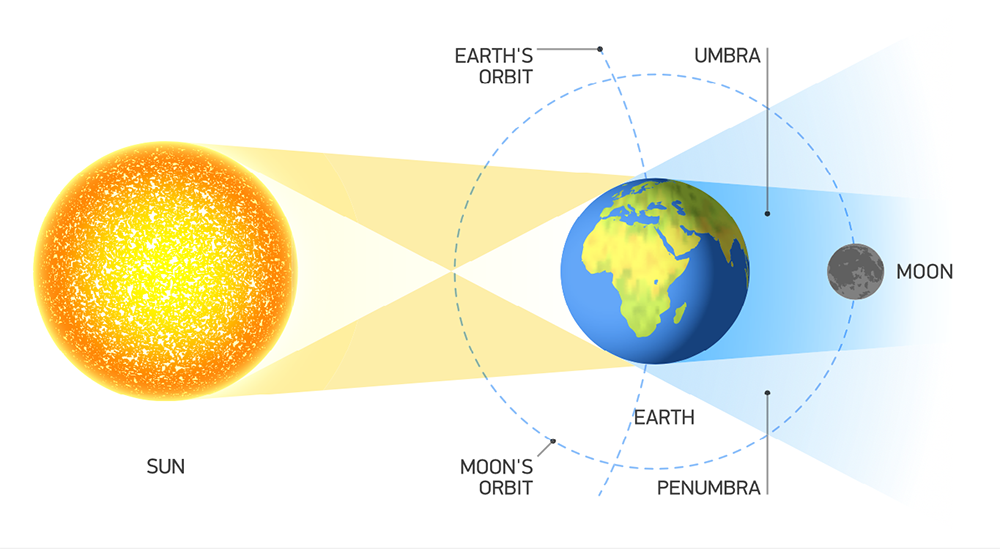@font-face {font-family:"Cambria Math"; panose-1:2 4 5 3 5 4 6 3 2 4; mso-font-charset:0; mso-generic-font-family:roman; mso-font-pitch:variable; mso-font-signature:-536870145 1107305727 0 0 415 0;}p.MsoNormal, li.MsoNormal, div.MsoNormal {mso-style-unhide:no; mso-style-qformat:yes; mso-style-parent:""; margin:0in; line-height:115%; mso-pagination:widow-orphan; font-size:11.0pt; font-family:"Arial",sans-serif; mso-fareast-font-family:Arial; mso-ansi-language:EN;}.MsoChpDefault {mso-style-type:export-only; mso-default-props:yes; font-size:11.0pt; mso-ansi-font-size:11.0pt; mso-bidi-font-size:11.0pt; font-family:"Arial",sans-serif; mso-ascii-font-family:Arial; mso-fareast-font-family:Arial; mso-hansi-font-family:Arial; mso-bidi-font-family:Arial; mso-ansi-language:EN;}.MsoPapDefault {mso-style-type:export-only; line-height:115%;}div.WordSection1 {page:WordSection1The Nature of Eclipse Season
Master’s Musings, May 2023
The Nature of Eclipse Season
An “eclipse season” just passed and for some reason, the idea has been getting a lot of social media attention lately. The truth is that an eclipse season is actually a very common occurrence. Every half a year or so, you can draw a more-or-less straight line through the centers of the Earth, the Moon, and the Sun, with the Moon in the middle. When that happens, the Moon blocks out the Sun and – voila – we have a total solar eclipse visible somewhere on the Earth.
The Moon is small and relatively far away, so the shadow it casts on Earth is small too, and it races across the map as Earth rotates. That’s why, in order to see a solar eclipse, you probably have to travel – not to mention, pray for clear skies.
Solar Eclipse

The Moon orbits Earth of course, and so, like clockwork, about two weeks after a solar eclipse, the alignment repeats, except with the order changed – now it’s Moon, Earth, Sun, with Earth in the middle this time. When that happens, Earth’s huge shadow covers the Moon and we have a lunar eclipse – and unlike solar eclipses, they are visible to anyone living on the side of the Earth that happens to be facing the Moon at the time.
Lunar Eclipse
People think solar eclipses are rare, while lunar eclipses are common, but that’s only “sort of” true. The reality is that there’s about an equal number of each, but half the world can see every lunar eclipse while to see a solar eclipse, you have to travel to specific, often out-of-the-way places.
Such a lunar eclipse is always paired with a previous solar one. Those periods of potential alignments of Sun, Moon, and Earth last on average 34.5 days. That’s an “eclipse season” – and once again, it’s no big deal since it happens a couple of times each year.
By the way, another way to describe that “straight arrow” alignment of Earth, Moon, and Sun is to say that the Sun and Moon are aligned with the lunar nodes – remember, the nodes are where the Moon’s orbit lines up with the ecliptic, and the bottom line is that such a nodal alignment has got to be present for the sign positions plus the declinations of the Sun and Moon to line up – otherwise, we get a simple Sun-Moon conjunction or opposition, and nobody gets too excited about it. That’s just a garden-variety New Moon or Full Moon – and when it comes to eclipses, that means close but no banana.
In our Student Q & A Call on April 27, the question of eclipses came up and I shared something that to me is a big astrological mystery – I generally don’t respond to eclipses very strongly myself.
What makes that so mysterious is that many astrologers whose work I respect practically do back flips when they see an eclipse coming. I can’t say I’ve never felt them, but I’m just not sure how to explain my relative immunity to them. In all that I teach, I like to make sure that what I say is honestly rooted in my own direct experience – if it hasn’t been helpful to me, I don’t want to burden any of you with it either. So I’m of two minds about eclipses – inclined to take them seriously because of the general astrological consensus, but suspicious of overreacting to them since my own experience suggests that doing so would be misleading.
You’ll surely get questions about upcoming eclipses from friends and clients. I want to prepare you to answer confidently and helpfully.
Some of what I’ll write here is based on my own experience – and as I’ve mentioned, I do feel them, just not at the “decibel level” many astrologers would predict. Some of what follows is gleaned from the observations of other astrologers and some of it is based on my own experience.

Everybody knows that a total solar eclipse is a big deal. People travel at great expense across oceans just to stand for three or four minutes in that magical shadow that’s racing across the Earth. Meanwhile, everyone knows that a New Moon is commonplace – we get one of them each month. (That’s why we have months!) What a lot of people don’t understand is the thin line that separates a New Moon from a solar eclipse – each month the Sun and Moon line up, but with the Moon a little above the Sun or a little below it (declination!). And of course on top of everything, the Moon is completely washed out by blinding sunlight, so no one even notices it.
Spiritually, a New Moon is a powerful ritual time. The heart of the practice is to set intentions at “the Dark of the Moon” – and then, holding the faith, to expect them to come to fruition as the Moon waxes toward Full phase.
Probably any time we set an intention, we’ve invoked some holy mysteries – but if we do it at the New Moon, we’re aligning those intentions with the cosmic wind. A New Moon is, pretty obviously, a new beginning and all beginnings are energetically-impressionable times – that’s the heart of the matter metaphysically. And it works.
We might then think of a solar eclipse as a supercharged New Moon – a particularly terrific time for setting intentions, in other words. What supercharges it? We could speculate that the extra energy comes from the exact center-to-center alignment of Moon and Sun. There may be truth in that – but my personal guess as an evolutionary astrologer is that it has to do with something I mentioned a few paragraphs ago – at a solar eclipse, the lunar nodes are there too. That means there’s karma being activated (with all of its sandtraps) – plus we potentially have another counter-force involved: the forward momentum of the soul’s evolutionary enthusiasm. That’s the fingerprint of the north node.
At a solar eclipse, angelic forces have pulled their chairs up a little closer to the monitor, in other words. They’re watching you, and willing to pitch in with energetic “matching funds.”
By the way, some solar eclipses are aligned with the south node, others with the north node – either fits the celestial requirements.
Our next solar eclipse will occur on October 14, 2023. Sun, Moon, and the south node will all be in Libra. Any intentions you set then – be they low ones or lofty ones – have an extra charge of magic on them. The mindful path in this case would lie in renewing, purifying and deepening your relationship with Libran energy – the south node sign. Are you aware, for example, of any patterns that aren’t serving you well in your interactions with other humans? Visualize a better way – and if you need a hint about the exact nature of that better way, think of all the good qualities we associate with Aries – the north node sign. You might aim, for one example, to be more direct and more willing to risk conflict. Maybe you need to tilt the see-saw a little further in the direction of loving yourself rather than always feeling compelled to meet other people’s needs or expectations.
Libra isn’t just about relationships – perhaps at this next eclipse there’s a new creative beginning you need to make, or maybe it’s simply something about the basis of serenity in your life. Is there a source of trouble and stress that needs review? Maybe you need to deal with it in a more decisive Aries fashion.
Lunar eclipses, it is generally agreed, are not as big a deal as solar ones. Perhaps that’s because they don’t have that “magical intention” quality. They’re more about seeing the results of intentions – there’s that “put everything on the table” quality we observe with Full Moons. We’ll have a few more words about lunar eclipses in a moment.
Eclipses fit neatly into our general toolbox of astrological procedures. Start by thinking of Pluto transiting over your Sun – we know that will correlate with a Plutonian chapter of your life. But maybe Pluto is passing through a relatively dead zone of your chart. Then all’s quiet on the Pluto front. Eclipses work the same way – they’re a lot more impactful if they fall on a degree to which you’re sensitive.
The upcoming eclipse in October happens in a little over 21 degrees of Libra. Is that a hot spot for you? On April 8, 2024, a solar eclipse will sweep across North America, touching Mexico, the USA, and Canada. That one will happen in 19 degrees 23’ of Aries, with the north node nearby in Aries. Are you sensitive to that degree area?
You can Google upcoming solar eclipses and get a list of their dates. Set up a chart for that date, and the position of the Sun is the position of the eclipse. Most astrological calculation programs list them too.
Events that are planned for the ten days or so before a solar eclipse tend to be “eclipsed” by unexpected events – that’s an idea that I’ve seen attributed to astrologer Charles Jayne (1911-1985), and in my experience, it’s a principle worth noting. A classic illustration is the wedding of then-Prince Charles and Camilla. Their wedding was set for a few days before an eclipse, but the Pope died unexpectedly, and Charles needed to show the flag at the funeral, so the wedding was rescheduled. In my talk on April 27th, I mentioned me moving to California during the ten days before an eclipse – and things definitely not working out as I had expected.
Charles Jayne also stated that solar eclipses can have an effect up to three to six months before they occur and as long as a year afterward. I’m not sure what to make of that one. With that observation, I definitely move beyond the realm of my own strange relationship with eclipses.
There’s a lot of lore about how the degree in which the solar eclipse occurs becomes charged and can be triggered by later transits over it. Our immediately previous solar eclipse occurred in the final degree of Aries late on April 19 or early on April 20 of this year – the clock time depended on where you were on Earth. The idea is that the last degree of Aries now carries an extra charge and it awaits a transit to detonate it. We’ll soon have a chance to check that hypothesis because Jupiter will be transiting over that degree between May 12 and May 16.
Again, I emphasize that I’m mostly writing about an area where my own experience is limited. I’ll stand strongly by the efficacy of setting intentions at a solar eclipse, especially intentions that mindfully take into account the nodal tensions that give eclipses that extra charge of meaning. Beyond that, what I’ve just written is mostly speculation and the results of my reading rather than my own experience.
I have one final image to share with you. This one is, to me, incredibly beautiful and it’s as sound as a rock scientifically.
It’s about lunar eclipses. They all look different. Sometimes they involve the Moon getting so dark it nearly disappears (although it never fully does). Other times the Moon is clearly dimmed, but it’s still pretty bright. Most of the time it turns a kind of coppery red – those are the loveliest ones, I think. And there is a wide range of hues among them.
It’s those red lunar eclipses that I want to talk about. They can’t be predicted astrologically, by the way – you just have to go outside and look.

Remember – to have a lunar eclipse, Earth must stand between the Moon and Sun. That blocks the sunlight that normally gives us our monthly big, bright Full Moon. But Earth has an atmosphere and it operates like a lens – the light that’s faintly illuminating the eclipsed Moon has been bent around the Earth, passing through our atmosphere. If at that moment you were an astronaut on the Moon and you looked back at Earth, you’d see a ring of light around it. And if you were back on Earth at the same moment, but standing right under that ring of light, it would be sunrise or sunset for you – that ring of light marks the boundary between night and day.
Now think of the most glorious sunrises and sunsets you’ve ever seen. Notice how red and orange tones play such an essential role in them?
The light that illuminates the Moon during a lunar eclipse is the sum total of all the sunrises and sunsets happening on the Earth in that moment of time.
That’s what you’re actually seeing. I find that both amazing and beautiful beyond words.
Next time we have a lunar eclipse, if you’re blessed with clear weather and being on the side of the planet where the Moon is in the sky, go out and marvel at what you’re seeing – all of the sunrises and sunsets happening on Earth in a single moment!
Steven Forrest
May 2023


